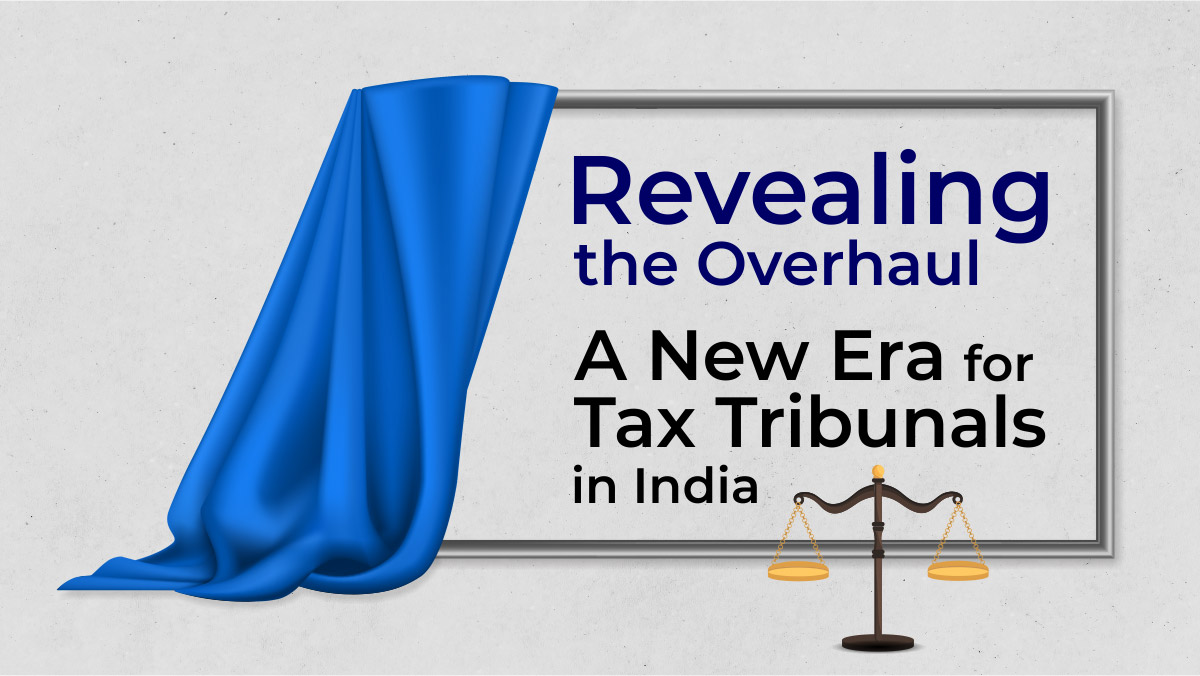
In the world of taxation, the introduction of tribunals has always been a critical aspect, ensuring a fair and efficient appeal mechanism for taxpayers. The current proposal for tribunals under the indirect tax system in India has sparked discussions and revisions to establish a robust system. Let’s talk about the intricacies of this proposal and its potential impact.
The Development of Tax Tribunals
When the Goods and Services Tax (GST) was initially introduced, a tribunal structure was prescribed by the law. However, the courts intervened, striking down the proposed scheme on grounds of arbitrariness. The original plan envisioned a tribunal consisting of two technical members and one judicial member adjudicating cases.
Understanding the Roles
A judicial member, hailing from a legal background, could be either an advocate or a chartered accountant with a specific level of experience. On the other hand, a technical member would possess a background with a defined number of years working within the department.

Legal Hurdles and Recommendations
The courts objected to the imbalance in representation, stating that having two members from the department and only one from a legal background was unjust. Recent developments in a council meeting indicate the government’s acceptance of recommendations for a revamped tribunal structure.
Proposed Changes
The proposed amendments suggest a shift towards a more balanced tribunal composition. Each state bench would now consist of two judicial members and two technical members. The two members from the department background would be complemented by two members from a legal background. States can establish multiple benches based on their requirements.
Centralized Principal Bench
In addition to state benches, a principal bench is proposed to sit in New Delhi. This central bench would comprise a president, preferably a retired Supreme Court judge or a retired Chief Justice of any High Court. Accompanying the president would be one judicial member and two state members.

The Road Ahead
While the acceptance of recommendations is a significant step, the proposed changes must navigate through the legislative process in both the Parliament and state legislatures. Once approved, the actual execution of these amendments in the law will require additional time.
Anticipating the Future
Looking ahead, it is anticipated that these changes may take approximately a year to materialize. The envisioned tribunals are expected to function across all states, addressing pending cases and providing much-needed relief to taxpayers.
In conclusion, the transformation of the tribunal structure signifies a pivotal moment in the Indian tax landscape. As we await the finalization of these amendments, the hope is for a swift establishment of tribunals to streamline the resolution of pending cases and alleviate the burden on taxpayers.
